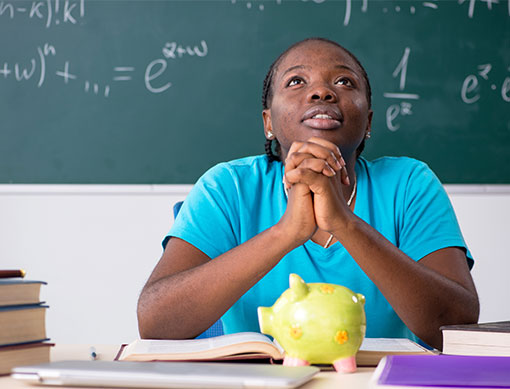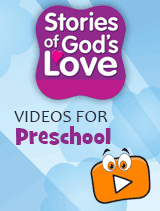In the next few weeks, I have a challenge for you. Let’s not call it homework–because that feels like piling onto an already epic mountain of things to do. The aim is to reflect, set a goal, and find little ways to break the cycle of stress. And yes, this is a focus on your first article–when we understand how these things impact us as adults, we are more prepared to teach and model these skills to our youngest learners.
I was recently listening to a podcast that was discussing ways we feel our big emotions and how we can find ways to break the cycle of stress. When we think about a stress cycle, not as just stress we experience but perhaps a source of secondary stress for the students with whom we work, it becomes even more important for us to actively seek out ways to break out of stressful patterns that weigh us down.
In short, when we as adults experience stress, we tend to get triggered–our emotional state kicks in and we have a sort of “auto play” of our responses. Perhaps this is to yell, stomp our feet, or have some other sort of reaction to any little thing. In these moments, we might not realize that we are triggered until a child says or does something that makes us fly off the handle–negatively impacting our relationship with the child at that moment. As a result, the child may also be triggered and present challenging behavior, which triggers us, and so the cycle continues.
One way we can break this cycle is to understand our triggers–what they are, how they feel, and how to break the cycle before we pass on our stress to the students in our classroom. Below are three ways to help break the cycle of stress before it begins. Summer is a great time to practice these, to help reduce the stress before it overwhelms you. Just like a virtue, it needs to become a habit for us to walk in our life of faith.
- You like to move it, move it. When we are triggered, or in a state of mind more sensitive to emotional upset, it is important to find what are called “regulating” behaviors. This may mean taking a walk, spinning in a chair, or rocking our body back and forth. Think about a time when you’ve seen an infant upset–a natural reaction is to try and rock the baby back and forth. We are wired to seek this sensory comfort. Find what movement works for you.
- Give thanks and praise. Our brains are naturally wired to see the threats in our lives and notice the things that are bad. This is a sort of threat detection system, designed to help us adapt and move through challenges. But we can get stuck in a rut of negative thinking, causing us to more easily be triggered by upset. One way to combat this is to end each morning or start each day with a gratitude ritual–say out loud or write three things for which you are grateful. Focus on the positive–if it's difficult to do this today, it does get easier! Add these notes to a jar, and notice how it fills up throughout the summer. When you are feeling stressed or seeing only the bad things during the school year, pull out a note from your jar as a reminder of the good things you have in your life.
- Say a little prayer for you. It is easy to feel isolated, invisible, or misunderstood when we are in an emotional state. In these moments, it can be helpful to turn to prayer as a reminder that we are never truly alone. Find ways to pray for grace, strength, or peace each day as a reminder that God is with us through each challenging moment.
So here’s my question for you: How do you know when you are triggered? What is one self-care thing you can do to return to a state of calm?
Check back next week for ways to break the cycle of stress in the moment!
 About the Author
About the AuthorAmy S. Kronberg is an early learning consultant and adjunct professor at the University of Dayton. Mrs. Kronberg began her work in early childhood education at the University of Michigan-Dearborn Early Childhood Education Center, where she learned about the Reggio Emilia philosophy, child-centered curriculum, and playful learning environments. She moved to Dayton in 2013 to complete her Masters of Science in Education, studying early childhood leadership and advocacy so she could learn to support children and families in understanding the value of and celebrating play. She is currently all but dissertation in Educational Leadership at the University of Dayton and specializes in early learning consulting for local nonprofits, infant and toddler learning, and social-emotional development.
Product Highlight
Stories of God's Love My Emotions Video Series
Religious Education for Ages 4-5 and Kindergarten
The My Emotions Video Series corresponds to a unit or chapters in Stories of God’s Love. Teachers and catechists may use the videos in the classroom or virtually, or adults may use the videos with children at home. Each video focuses on emotions that young children experience to help them identify, define, and use their feelings in appropriate ways. The videos help the children understand that they are the shepherds of their own emotions. Each child is responsible for caring for his or her feelings in a healthy way.
The Stories of God’s Love: My Emotions Videos are research-based, utilizing the work of the Collaborative for Academic, Social, and Emotional Learning (CASEL) and the National Association for the Education of Young Children (NAEYC) on building social and emotional skills. The videos may be accessed through Flourish, RCL Benziger’s online platform. A one-year license includes resources for adults in the classroom and at home, such as the printable Feelings Chart and Emotion Cards in the videos.
